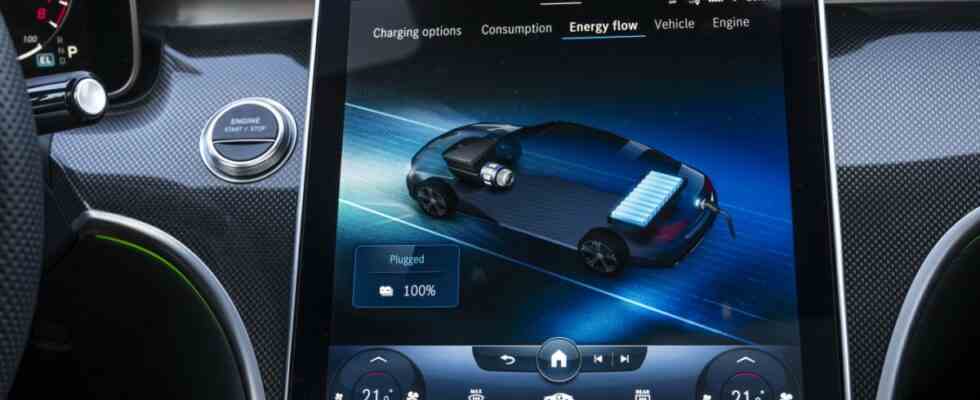Ten years ago, batteries were still very expensive – and the energy supply in most electric cars was correspondingly limited. The first BMW i3 managed just 100 kilometers between two charging stops in winter. Hybrid vehicles with charging current have come almost as far.
Today, a Mercedes C 300 e has a larger battery on board than the first BMW i3. The electrical components have shrunk so much that a 25 kWh battery plus charging electronics also fits in a classic combustion engine. Unlike the BMW i3, which was initially available with a range extender (two-cylinder), there is an abundance of power and extra range today. The plug-in hybrids (PHEV) are complex and expensive – but does it make sense?
Environmental groups criticize that the burners with the plug are a sham because the charging cable is used too rarely. “Plug-in hybrids ’cause in real operation many times the greenhouse gas emissions that the manufacturer formally states,” warns the German Environmental Aid, for example. The car manufacturers counter this with anonymous measurement data from customer vehicles: Ford recently announced that the Kuga PHEV on average would be charged on 71 percent of the driving days.
The epic discussion about the alleged subsidy fraud should soon take care of itself. Because the e-car promotion will be “melted” according to the will of the government in the next few years. What remains are rising energy costs – and the customer’s desire for an efficient, environmentally friendly drive. That speaks for the electric motor. But why should people, most of whom drive less than 40 kilometers a day, lug around expensive giant batteries weighing half a ton?
The idea of the small electric runabout with an “outboard motor” did not catch on. However, plug-in hybrids are still selling well despite increasing competition from all-new battery cars. Because the hybrids also continue to develop. In August 2023, their legal minimum radius will be increased to 80 electric kilometers. Even in wintry temperatures, this means a practical range of a good 60 kilometers – enough for most people.
These double drives can also cover longer distances on weekends and during the holidays without losing time or worrying. And their climate balance actually depends on customer behavior: Anyone who only uses the combustion engine occasionally should be well ahead of the battery hum with three or four times the battery capacity. The climate backpack that results from energy- and resource-intensive cell production is large. It will be a long time before the entire supply chain becomes CO2-free.
Until then, it will be much easier to control the charging behavior of hybrid users using on-board electronics. From 2025, the EU wants to tighten the measurement procedure for plug-in hybrids accordingly. Then the real CO2 emissions should be included more in the assessment. Whether and to what extent the plug-in hybrids in Germany will then still be funded?
The fact is that the expansion of the public charging infrastructure cannot keep up. On average, more than 20 electric vehicles now have to share a public slot. If you can charge at home or at work, you can easily get through everyday life with a small “commuter” battery.
Without plug-in hybrids, the federal government will not achieve its goal of 15 million electric cars on German roads by 2030. That’s why you shouldn’t prematurely write off the part-time electric vehicles as second-class electric cars.

